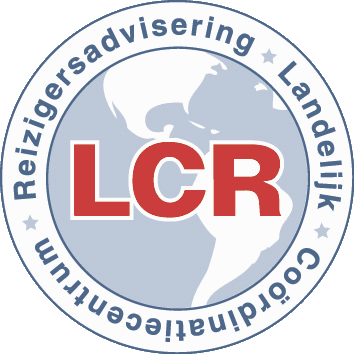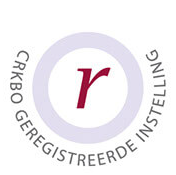Daniëlle van Winden, A&E trainee (Reinier de Graaf hospital, The Netherlands) about her work for the Boat Refugee Foundation.
In October 2016, I worked as a doctor for the Boat Refugee Foundation on a rescue boat on the Mediterranean sea. Hundreds of migrants and refugees try to cross this sea from Libya to Italy on rickety boats every day. Hundreds of people drown there on a weekly basis.

It is 2:40 am. We get a call from the Italian coastguard. Their helicopter spotted a sinking rubber boat a few kilometers out of the Libyan coast. While the waves crash against our ship I search with my night vision goggles in the dark sea. I feel my heart beating in my throat. If we do not find the boat it means that hundreds of people will die.
Finally we see the boat. Only the front and the back of the boat are still visible. Dozens of people are in the water or are clinging on to their sinking boat. They do not wear life jackets and cannot not swim. We throw as many life jackets in the water as possible, but we do not have enough jackets. People disappear under water. We pull them out of the water on board of the RIB (fast, maneuverable rubber boat). Once the RIB is filled with people we bring them to the ship as quickly as possible. We continue this way until everyone is out of the water. 17 people went missing, including a three-year-old boy and 16 year old girl. Again I am looking at the sea with my night vision goggles. This time I am searching for bodies. Unsuccessfully.

The people on board own no more than the clothes they are wearing. They are hypothermic and severely weakened by seasickness and dehydration. People are injured, have fractures, inflamed gunshots and stab wounds. Further I see a lot of severe burns from the chemical reaction of fuel with seawater. The fuel is kept in open barrels on the unstable floor of the boats. Sometimes people are exposed to the corrosive mixture of petrol and sea water for hours, while sitting on the floor of the overcrowded boats.

We have a medical unit with eight beds on board of the ship. However, I deliver most of the care on deck. The migrants are generally with us for only a few hours, before they are taken over by the Italian Coast Guard. I try to prepare the medical transfer as good as I can. I write their medical conditions on duct tape and stick it onto the patient in the hope that they will receive the care they need on the mainland and that they do not disappear among the thousands of people being transported to the camps every day.

We were able to save over a thousand people in 2.5 weeks’ time. At least 42 people drowned. And then there are the boats that we have never found. Often, I remembered the words which my colleague spoke to me just before I left: \”People who die weigh like bricks, people you save as balloons. Do not focus on the bricks, they will pull you down. Hold on to the balloons.\”
More than a 1000 balloons … It was a bizarre but wonderful job experience in the middle of the sea, on the border between life and death.
Are you inspired by Daniëlle her story? Register here as volunteer for the Boat Refugee Foundation or go to their website for more information.
Pictures are taken by Kenny Karpov




